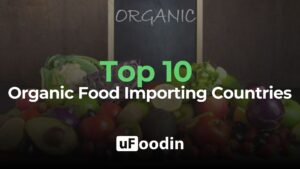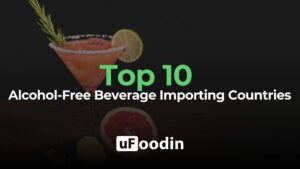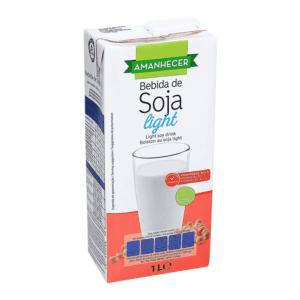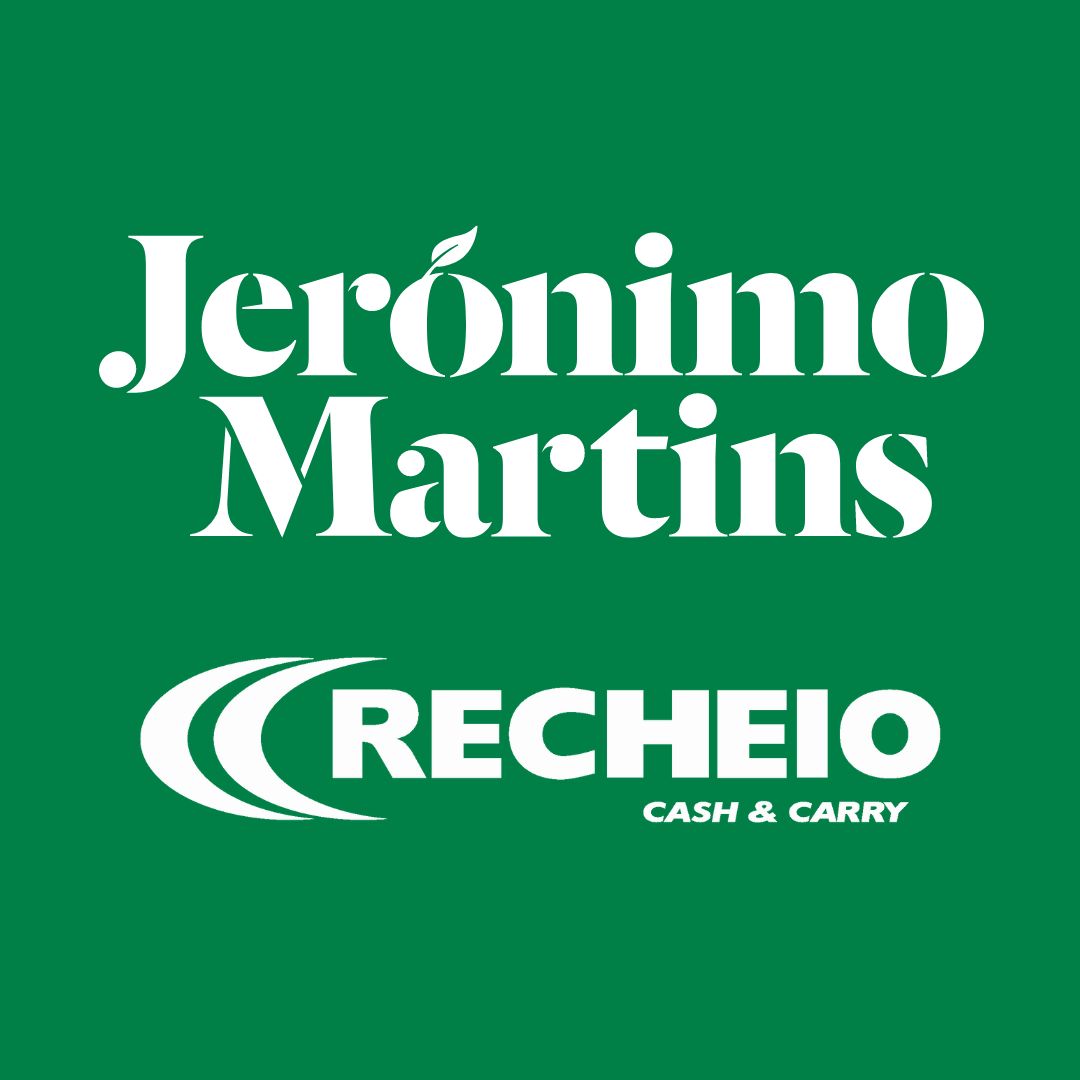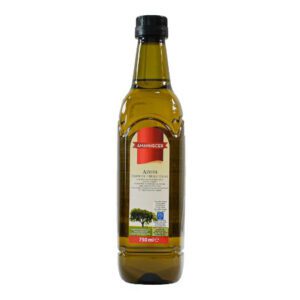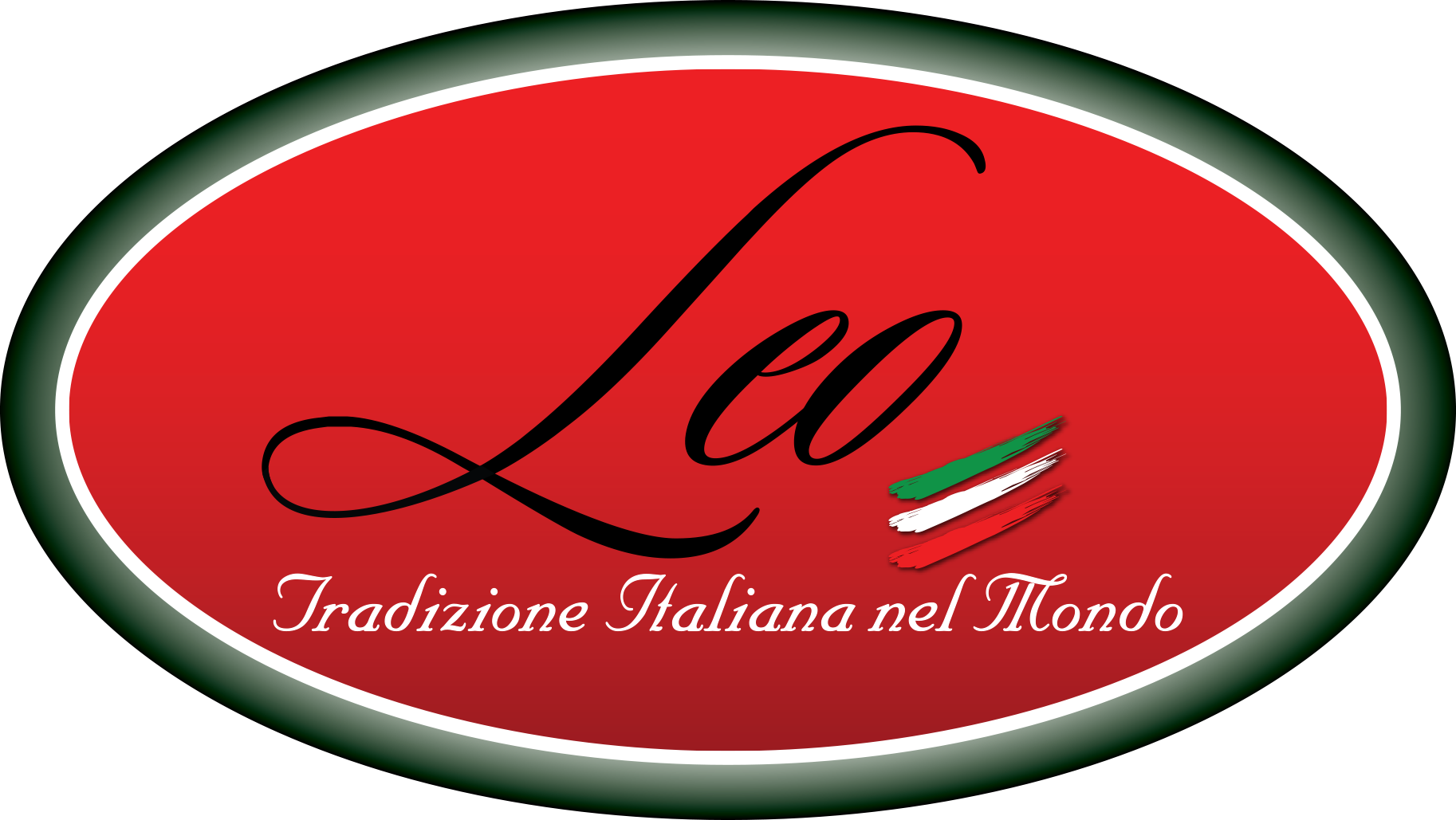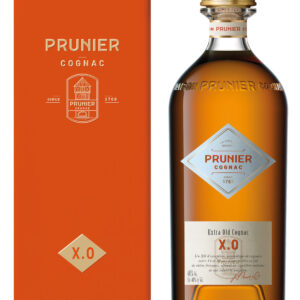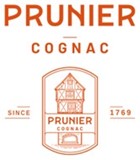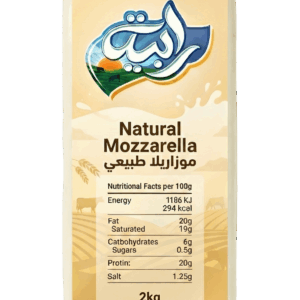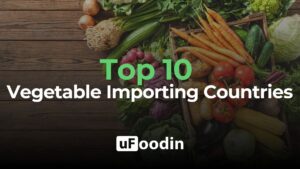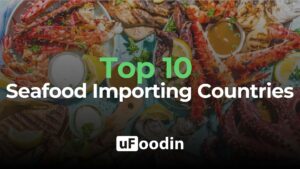
Top 10 Frozen Food Companies
The global frozen food market, excluding desserts, is experiencing significant growth driven by evolving consumer lifestyles, urbanization, and technological advancements in food preservation. In 2023, the market was valued at approximately $297.47 billion and is projected to reach $441.11 billion by 2032, growing at a Compound Annual Growth Rate (CAGR) of 4.80% during the forecast period.
Key Factors Driving Market Growth:
- Convenience and Busy Lifestyles: The increasing demand for convenient meal solutions among consumers with hectic schedules has led to a surge in frozen food consumption. Frozen ready meals and snacks offer quick preparation times, aligning with the needs of busy households.
- Technological Advancements: Innovations in freezing techniques, such as individual quick freezing (IQF), have improved the quality and shelf life of frozen foods, making them more appealing to consumers.
- Urbanization and Rising Disposable Incomes: Urbanization and higher disposable incomes have increased the demand for convenient and diverse food options, contributing to the growth of the frozen food market.
Regional Insights:
- Europe: Europe dominated the frozen food market with a market share of 39.23% in 2023, driven by high consumer acceptance and a well-established cold chain infrastructure.
- North America: The U.S. frozen food market is projected to reach an estimated value of $110.23 billion by 2032, reflecting the growing importance of higher-shelf life products.
- Asia-Pacific: The Asia-Pacific region is expected to grow at the fastest CAGR, driven by urbanization, rising disposable incomes, and increasing demand for ready-to-eat and ready-to-cook options.
Product Segmentation:
- Frozen Ready Meals: This segment is anticipated to grow significantly due to the rapid growth in urban lifestyles and the increasing demand for convenient meal solutions.
- Frozen Snacks and Bakery Products: The frozen snacks & bakery products segment is expected to hold a major share in the market, owing to the extensive demand for frozen snacks, including frozen desserts such as ice cream, among all age groups.
In summary, the global frozen food market (excluding desserts) is poised for substantial growth, supported by consumer demand for convenience, technological advancements, and evolving dietary preferences. Companies that align with these trends are well-positioned to capitalize on the expanding opportunities within this dynamic sector.

1. Nestlé S.A.
- Headquarters: Vevey, Switzerland
- Why It Stands Out: Nestlé dominates the frozen food market with its extensive portfolio, including Stouffer’s, Lean Cuisine, and DiGiorno Pizza.
- Key Innovations: Investment in healthier frozen meals, including plant-based and reduced-sodium options.
2. Tyson Foods
- Headquarters: Springdale, Arkansas, USA
- Why It Stands Out: Tyson is a leading producer of frozen chicken, beef, and pork products, catering to both retail and food service markets.
- Key Innovations: Expansion into plant-based frozen products through its Raised & Rooted brand.
3. Conagra Brands
- Headquarters: Chicago, Illinois, USA
- Why It Stands Out: With brands like Healthy Choice, Banquet, and Marie Callender’s, Conagra is a major player in the frozen food segment.
- Key Innovations: Introduction of air-fried and gluten-free frozen meals.
4. McCain Foods
- Headquarters: Florenceville-Bristol, Canada
- Why It Stands Out: McCain Foods is the largest producer of frozen potato products, including fries, wedges, and hash browns, catering to both retail and food service sectors.
- Key Innovations: Development of low-fat and low-oil frozen fries.
5. The Kraft Heinz Company
- Headquarters: Chicago, Illinois, USA
- Why It Stands Out: Kraft Heinz offers a range of frozen meal solutions, including popular brands like Ore-Ida and Smart Ones.
- Key Innovations: Enhanced focus on clean-label products with natural ingredients.
6. Nomad Foods
- Headquarters: Feltham, UK
- Why It Stands Out: Nomad Foods owns leading frozen food brands like Birds Eye, Findus, and Iglo, dominating the European market.
- Key Innovations: Sustainability-focused frozen fish and vegetable products.
7. Ajinomoto Co., Inc.
- Headquarters: Tokyo, Japan
- Why It Stands Out: Ajinomoto specializes in frozen Asian cuisine, including gyoza, noodles, and rice dishes, appealing to global tastes.
- Key Innovations: Use of advanced freezing techniques to preserve flavor and texture.
8. Greenyard
- Headquarters: Sint-Katelijne-Waver, Belgium
- Why It Stands Out: Greenyard focuses on frozen fruits and vegetables, serving both retail and food service industries with high-quality, minimally processed products.
- Key Innovations: Expansion into organic and ready-to-use frozen produce.
9. Bellisio Foods
- Headquarters: Minneapolis, Minnesota, USA
- Why It Stands Out: Bellisio Foods offers a wide range of frozen entrees under brands like Michelina’s and EAT!
- Key Innovations: Development of globally inspired frozen meal options.
10. Pinnacle Foods (Acquired by Conagra)
- Headquarters: Parsippany-Troy Hills, New Jersey, USA
- Why It Stands Out: Pinnacle Foods, known for brands like Birds Eye and Earth Balance, has significantly contributed to the frozen vegetable and plant-based segment.
- Key Innovations: Introduction of non-GMO and allergen-free frozen products.
Major Trends in the Frozen Food Industry
1. Health and Wellness Focus
The frozen food industry is increasingly catering to health-conscious consumers. Brands are developing products with clean labels, reduced sodium, lower fat content, and fortified nutrients. Organic and non-GMO frozen foods are gaining traction, with sales in this segment projected to grow at a CAGR of 8.2% through 2030.
2. Plant-Based Frozen Foods
The plant-based movement is revolutionizing the frozen food sector. Meat alternatives, plant-based pizzas, and vegetable-based meals are becoming mainstream. This trend aligns with the growing vegan and flexitarian populations, which now make up over 35% of global consumers.
3. Rise of Premium Products
Premiumization is driving demand for high-quality frozen foods with gourmet flavors and artisanal touches. Consumers are willing to pay more for products that deliver superior taste and texture, especially in frozen ready meals and snacks.
4. Technological Advancements in Freezing
Innovative freezing technologies, such as individual quick freezing (IQF) and cryogenic freezing, are improving product quality and preserving nutritional value. These advancements have expanded the range of frozen foods available while reducing food waste.
5. Growth in E-Commerce
Online grocery platforms are becoming key distribution channels for frozen foods, with e-commerce sales of frozen products growing by 20% annually. Convenience, broader product availability, and targeted promotions drive this trend.
6. Focus on Sustainability
Sustainability is a core concern for frozen food producers. Efforts include recyclable packaging, energy-efficient freezing processes, and partnerships with local suppliers to reduce carbon footprints. Companies with strong sustainability commitments are gaining a competitive edge.

Main Challenges in the Frozen Food Industry
1. Changing Consumer Perceptions
Despite advancements, some consumers still perceive frozen food as less fresh or nutritious than fresh alternatives. Education and transparent communication about the quality and benefits of frozen products are crucial.
2. Supply Chain Complexity
Frozen food supply chains require advanced cold storage and transportation infrastructure, which can be expensive and challenging to maintain. Emerging markets, in particular, face limitations in cold chain logistics.
3. Rising Raw Material Costs
Fluctuating prices of key ingredients, including proteins, grains, and vegetables, are affecting profit margins. This challenge is exacerbated by inflation and supply chain disruptions.
4. Regulatory Compliance
Navigating diverse food safety regulations and labeling requirements across global markets remains a significant hurdle. Compliance with standards like cold chain integrity and nutritional labeling adds complexity for manufacturers.
5. Competition from Fresh and Ready-to-Eat Options
The growing availability of fresh meal kits and ready-to-eat options is intensifying competition for frozen foods. Brands need to differentiate through innovation and quality to maintain market share.
6. Balancing Innovation and Cost
While technological advancements improve frozen food quality, they also increase production costs. Achieving a balance between affordability and innovation is a persistent challenge for manufacturers.
The Top 10 Frozen Food Companies are at the forefront of a transformative era in global food consumption. By addressing consumer demand for convenience, nutrition, and sustainability, these brands have reshaped the perception of frozen foods from a mere time-saving option to a viable, high-quality solution for modern lifestyles. Companies like Nestlé and McCain Foods lead the charge with innovative products that prioritize taste, texture, and health benefits, while brands like Greenyard and Ajinomoto demonstrate the global appeal of diverse cuisines.
The frozen food industry’s evolution is not without its challenges, from supply chain complexities to shifting consumer expectations. However, these obstacles present opportunities for innovation and growth. By investing in cutting-edge freezing technologies, expanding product portfolios, and embracing sustainable practices, the industry is poised to overcome barriers and set new standards in quality and accessibility.
Platforms like uFoodin play a critical role in facilitating this growth by connecting frozen food manufacturers with distributors, retailers, and food service providers worldwide. Through uFoodin, companies can amplify their reach, forge strategic partnerships, and stay competitive in a market that demands agility and innovation.
As consumer lifestyles continue to evolve, frozen foods will remain a cornerstone of the global food ecosystem. The brands that lead with creativity, commitment to sustainability, and a focus on consumer needs will not only thrive but also redefine how the world enjoys food for generations to come.
uFoodin Editorial Team
Bibliography
- Statista: Global Frozen Food Market Overview
- Fortune Business Insights: Frozen Food Market Size and Trends
- Mordor Intelligence: Key Insights into the Frozen Food Industry
- IMARC Group: Frozen Food Market Analysis and Forecast
- Allied Market Research: Trends in Frozen Food Products
- Grand View Research: Challenges and Opportunities in Frozen Food Production

